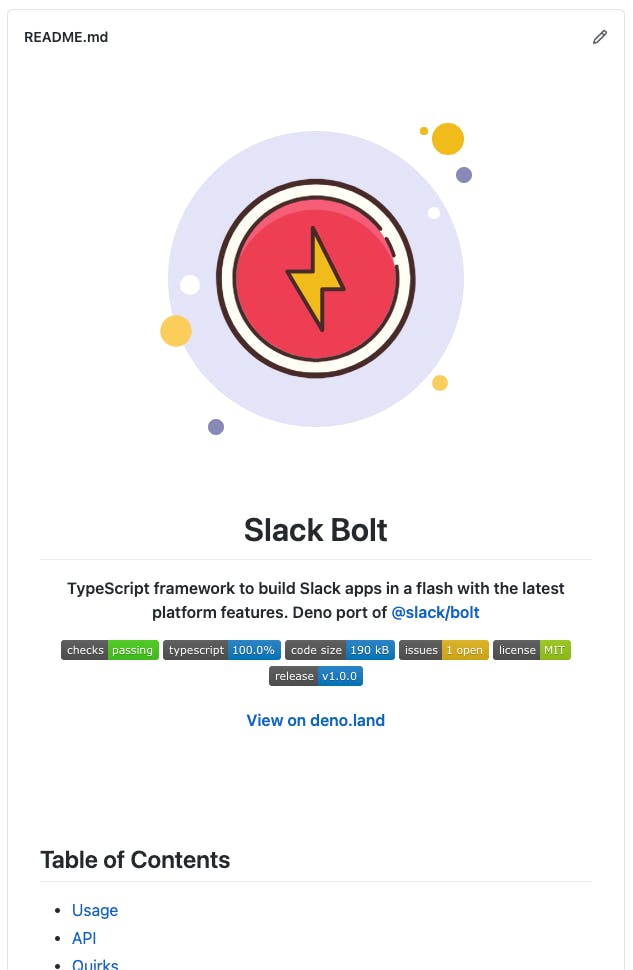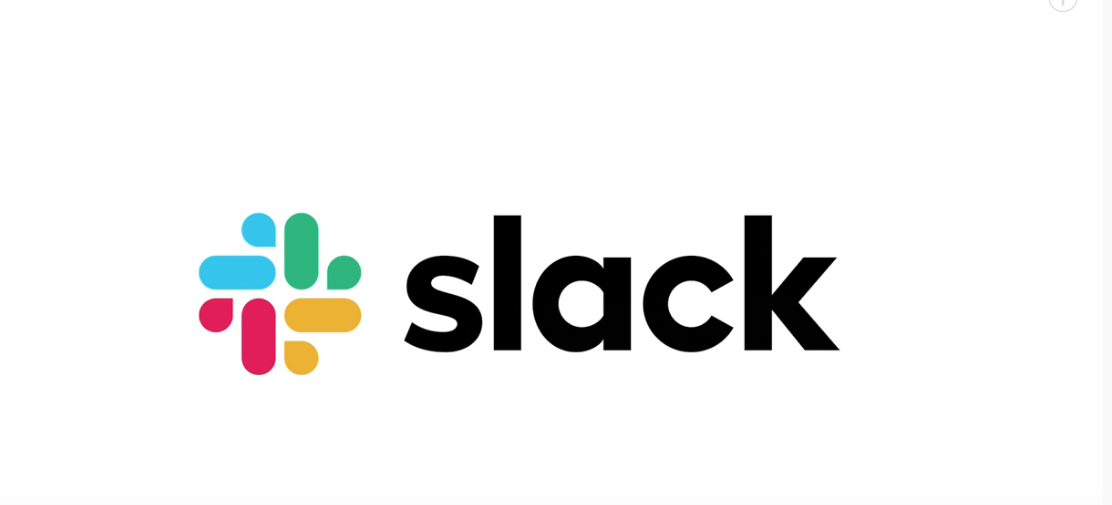Mit Slack
MIT Slack Message and File Expiration Settings and Quotas Messages. Public Channel Messsages: workspace default (14 days), user-configurable. Private Channel Messages: user-configurable. Direct Messages: user-configurable. Message Quotas: None, talk all you want! To configure message retention while in a DM conversation, private, or public channel. MIT-wide Slack Enterprise Grid now available to the MIT Community Dropbox storage quota increase for MIT faculty and TAs (updated) Dropbox quota terms have been updated: “MIT has increased Dropbox default storage quotas to 10TB for MIT faculty, lecturers, and Spring 2020 teaching assistants at no charge. If you prefer to use Slack in a dedicated app instead of a web browser, you can find a shortcut to Slack.exe on your MIT computer Desktop. Slack apps for Mac OS, iOS, and Android are also available.
On this page:
Overview

Slack is a messaging and collaboration tool for teams, groups and individuals. Members of a workspace in Slack can direct message individuals or create conversation channels for topics, projects and groups. Conversation channels can be visible to the whole workspace or be set up as private channels accessible by invitation only. There you can share files and connect slack to Dropbox, Google Drive, Zoom, Github, Webex and many more applications and services. You also have your own Slackbot that allows you to store notes, set reminders and get answers to your questions about using Slack.
All MIT faculty, staff and students are eligible to request a workspace. Affiliates are eligible to participate in workspaces. Non-MIT members can be invited as a Guest. (Invite New Members)
MIT's Slack Enterprise Grid
MIT's Slack Enterprise grid, or Organization (Org for short) is comprised of multiple interconnected workspaces across MIT. Departments, labs, centers, and groups can each have their own dedicated workspaces with customized channels, permissions and access controls. All the workspaces in the MIT Slack Org use the same single sign-on Touchstone Authentication system, search, direct messaging, and directory. You only need to login once to access all your MIT Slack Org workspaces.
Workspaces

Workspaces are made up of channels where team members can communicate and work together. Each workspace has its own administrators who can control access and settings for the workspace. All the workspaces in MIT's org share directory service, search and direct messaging functionality.
Access MIT's Slack Enterprise Grid at https://mit.slack.com, where you can learn about getting started with MIT's Slack Enterprise Grid.
- Search and direct messaging works across all workspaces you can access in the MIT Enterprise Grid.
- Creating, Managing, and Using Multi-Workspace Channels with MIT Enterprise Slack - connect two or many workspaces within the org, making cross-functional communication easy.
- Navigate Using the Quick Switcher - Switch between workspaces
Request a Workspace
MIT faculty, staff, affiliates and students are eligible to request a workspace by emailing slack-workspaces@mit.edu. All MIT workspace URLs will be in the form mit-your-workspace-name.slack.com. Please include the workspace URL you want and a description of your workspace. The requestor will be the initial administrator of the workspace, but can designate additional administrators once the workspace is created, customize the workspace and invite members (including affiliates).
Please allow 24 hours for your workspace to be created.
The Service Desk will notify you when it has been created. Then you can begin customizing your workspace settings and inviting users. For details, see Administer Your Workspace.
How to Access
Web Interface
- For the web interface, go to: https://mit.slack.com or your_workspacename_.slack.com and click Continue.
- Click 'Sign in with MIT Touchstone' and authenticate via MIT Touchstone.
Result: The Slack workspace you specified will open. - You can add yourself to public channels by clicking on Channels in the left-hand column. See Channels below for more details.
Desktop and Mobile Applications

Download:
Configure:
- Download the appropriate app for your device and install it. Note: You will need admin privileges.
- Open the app.
- Enter the Slack URL of your workspace in the form: workspacename.slack.com
- Click 'Sign in with MIT Touchstone' and authenticate via MIT Touchstone.
Result: The Slack workspace you specified will open. - You can add yourself to public channels by clicking on 'Channels' in the left-hand column. See Channels below for more details.
Getting Started
If you're new to Slack or want to learn more about how to use it to communicate and collaborate with groups and individuals, here are a few starting points:
- LinkedIn Learning's Learning Slack (video)
Using
Channels
Channels are group conversations inside workspaces that can be for teams, projects, specific topics or even just for fun. They can be accessible to anybody in the workspace or by invitation only.
Subscribe to a Public Channel
- Click Channels in the left-hand column
Result: A window opens to browse all channels. - Use the Search Channels field to look for a channel by name, or scroll through the list to find a channel you want to join.
- Click a channel name to preview it.
- To join a channel you are previewing, click the green Join button at the bottom of the page.
Create a Channel
- Click the + button to the right of Channels in the left-hand column.
Result: A window opens to 'Create a new public channel' - To create a private channel, move the green slider to orange Private. (On mobile click the + button to the right of Private Channels.)
- Type a name for the channel, no more than 21 characters, in lowercase, with no spaces or periods
- If you wish, invite others by adding their name(s) into the Invite others to join field (optional)
- If you wish, describe the Purpose of the channel in that field (optional)
- When you have finished entering your desired information for the channel, click the green Create Channel button.
You can also create multi-workspace channels to collaborate across more than one workspace.
Custom Emoji
Workspace Owners and Admins can create and add custom emojis to the Enterprise Slack instance. If you notice an objectionable custom emoji, please email servicedesk@mit.edu to have it reviewed for possible removal.
Direct Messages
Direct messages are one-on-one or group private conversations between Slack team members. Even if you're on multiple workspaces, your DMs are consolidated into a single view.
- Send a direct message to someone by clicking on their name in the Direct Messages section of the left-hand column.
- If the person you wish to direct message is not listed, click the + button to search for them by name. This is where you can also select multiple people to create a group direct message.
- Enter a message to the person in the field at the bottom of the screen, and press Enter to send it.
- Return to a channel by selecting it from the Channels list in the left-hand column.
For more, see:
Do not Disturb (snooze)
MIT-IST Slack goes into 'Do Not Disturb' by default from 10PM to 8AM. When 'Do Not Disturb' is in effect, Slack will not send you desktop, mobile, or email notifications. Team members who try to send you messages during your 'Do Not Disturb' hours will be warned you won't be notified unless they take a further step to click on a link indicating that it is urgent. For information on how to disable 'Do Not Disturb' or customize your hours, see:
Mit Slack Telefonieren
Frequently Asked Questions
- How do I set my Slack status? - online, away
- How do I format messages? - Bold, italics, etc.
- How can I set reminders? - Alarm clock functionality.
- How can I pin messages and files to a channel? - Pin key messages to the info pane of channels.
- How do I update my profile? - upload an icon, select how your name is displayed and more.
- How do I configure Slack notifications? - set up alerts for when you're mentioned in channels, sent direct messages and more.
- Will IS&T access the content of my workspace? No. IS&T will not be accessing the contents of Slack workspaces. IS&T will follow the Institute’s policy on Privacy.

Administer Your Workspace
Administrators can control how users join workspaces, message rentention times, customize emojis, add integrations, designate additional administrators and much more. By default several collaboration integrations are included with your MIT Org Enterprise Workspace. These include Dropbox, Zoom, OneDrive, Google Drive, Google Calendar, and Webex. Administrators can add additional integrations to their workspace.
- Manage Workspace Access on EnterpriseGrid - Control how users can join your workspace.
- Customize Message and File Retention Policies - Control how long messages and files stay in your workspace
- Manage Permissions for Message Editing and Deletion - Control who can edit and delete messages
- Find apps to integrate with Slack - Slack's app directory
- Workplace Administration Help Center (Documentation) - In depth documentation of administrative settings and features for workspaces
Outlook Calendar app for Slack only supports Office 365 accounts. If you're not sure what mail system you use, see How do I tell if my email and calendaring data is on Exchange 2013 Server or using Office 365?
Legally Protected Data
MIT's Slack Enterprise Grid has been configured to support HIPAA-compliant message and file collaboration.
Shirley Mitsubishi
Slack is not appropriate for all kinds of data.
The following categories of legally-protected data are inappropriate for sharing on Slack:
Mit Slack Login
- Data subject to United States export control or trade embargo regulations
- Social Security numbers, driver's license or other state ID card numbers, and financial account, credit card, or debit card numbers
If you are unsure if you are handling legally-protected data, please contact IS&T at infoprotect@mit.edu for assistance.
Slackline Mit Gestell
For more information, see: Security at Slack
Slackline Mit Bodenanker
See also
Slack Mit Google Kalender Verbinden
Have Questions or Still Need Help?
Additional escalation information for Help Staff can be found here:
|
